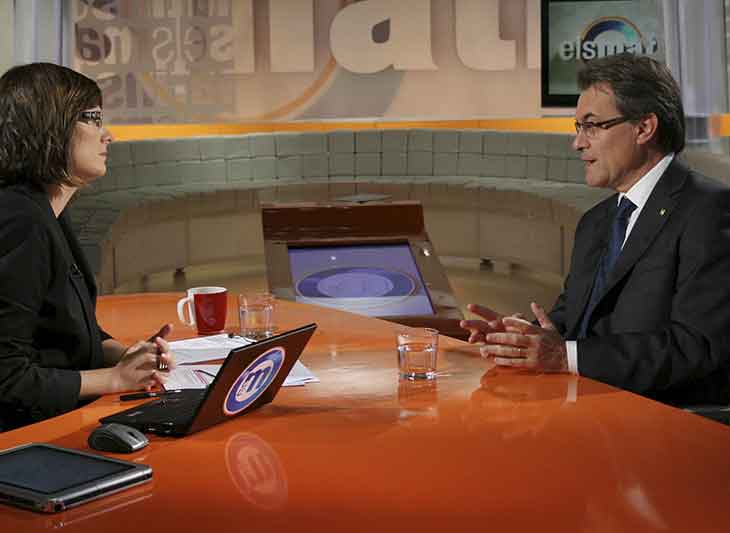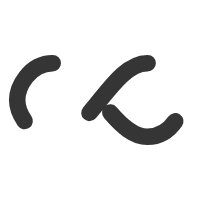



Empowering writers, Crafting success
Your guide to excelling in Essays and Research Projects
The students are required to:
Primary sources provide first-hand information or direct evidence for the research.
Examples of primary sources include:
Primary sources must be authenticated and add value to the research
Secondary sources provide second-hand information or already existing data for the research.
Examples of secondary sources include:
Supporting documents should not exceed the equivalent of five A4 pages.
It is expected that students will include in-text citations/references of the supporting documents and a bibliography.
An introduction that sets the context. The introduction should
The main body of the project in which findings from the supporting documents should be presented and analysed with the help of relevant business management tools and theories including integrating the key concept.
The findings should also be interpreted:
An evaluative approach to this discussion of findings should be pursued, for example,
A conclusion that answers the research question. In the conclusion, the research question should be explicitly answered.
Effectively presented projects require:
The business research project must not exceed 1,800 words. The word count must be included on the cover page of the project. If the word limit is exceeded, the teacher assessment must be based on the first 1,800 words.
The following are not included in the word count:
Please note that footnotes or endnotes may be used for references only. Definitions of business management terms and quotations, if used, must be in the body of the work and are included in the word count.
Should company Y change its manufacturing to outsourcing?
The project could then examine areas within business management such as operations management and human resource management using change as a conceptual lens.
How can Airline X successfully target segment Y?
The project could then examine business management topics such as market segmentation, promotion, and measure of financial success using sustainability as a conceptual lens.